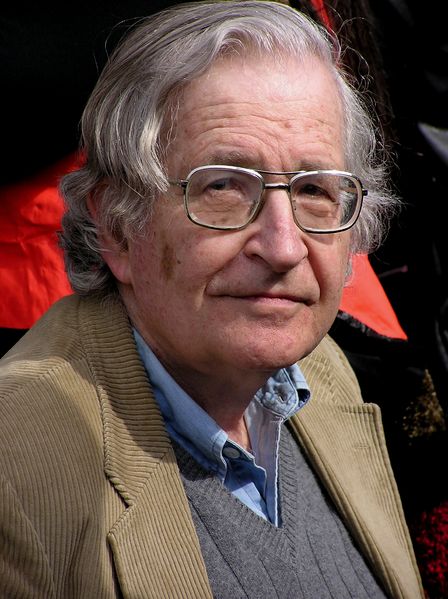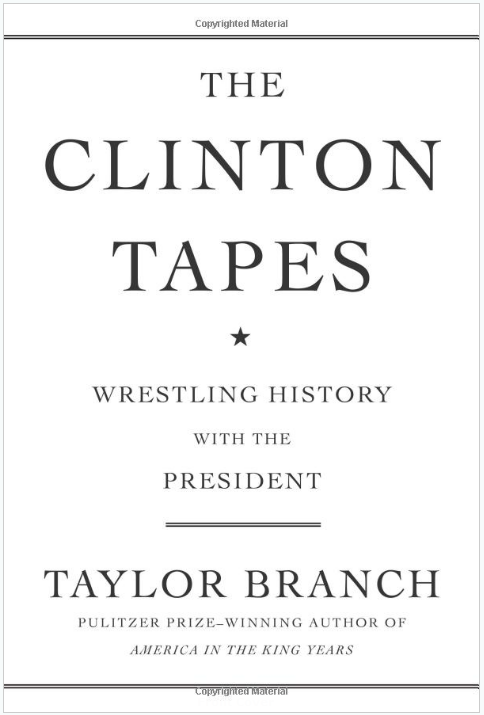
Noam Chomsky, world-renowned linguist, intellectual, and political activist, was the guest speaker at “An Evening with Noam Chomsky” hosted by the College of Social and Behavioral Science at the University of Arizona last Wednesday, February 8, 2012.
Chomsky is an Institute Professor and a Professor Emeritus in the Department of Linguistics and Philosophy at the Massachusetts Institute of Technology (MIT) where he worked for more than 50 years.
Noam Chomsky, the most cited living author, delved into the topic “Education For Whom And For What?”
He raised several key questions at the heart of our national dialogue regarding the future of public education: “How do we characterize the contemporary state of the American education system?
What happens to the quality of education when public universities become more privatized?
Are public universities in danger of being converted into facilities that produce graduates-as-commodities for the job market?
And, what is the role of activism in education?”
With unprecedented tuition increases and budget struggles occurring across American campuses, these are questions that are more relevant than ever. Most of today’s college students and the middle class would agree.
In his low-key, conversational style, Chomsky offered insights into the evolution of higher education in this country. While discussing the foundational philosophy of establishing higher education in America, Chomsky’s comments had both historical and contemporary value. Here’s why.
Accessible public higher education has been – and continues to be – the gateway to success in America for millions of immigrants, working-class whites, veterans of several wars beginning with those of WW11, and African Americans and Latinos. “It is the single most important predictor of success in the workforce” notes Sabrina Tavernise in her piece “Rich and Poor Further Apart In Education” (New York Times, Sat., Feb. 10, 2012, Page 1).
Providing a college education for our children is the dream that ranks on par with owning a home and the ability to provide for one’s family. In fact, for descendants of each category of Americans cited in the previous paragraph, affordable public education made two of these goals possible. An affordable education, owning a home, and earning a living wage are bedrock conservative goals. They are the stuff of dreams and aspirations deeply on both sides of the political divide.
Let’s frame Chomsky’s comments within a contemporary context. If we accept that a quality, accessible public higher education is the proven key to a more secure future, how do we account for the sustained conservative effort to defund or privatize education in general and higher education in particular? Chomsky reminded us to recall for whom higher education was originally intended. In the 18th and 19th centuries, education was deemed appropriate for the “responsible men; those who were responsible for the wealth of the nation.” Call them the “intelligent minority”, he said.
The larger mass of society, the “ignorant and meddlesome outsiders”, Chomsky noted, would prove nettlesome to the “intelligent minority” and, therefore, education for them was akin to “pouring water into an empty vessel.” Today, the vessel might be seen by conservative critics as leaky, but not empty.
Chomsky calls this assault on public education and higher education the “new spirit of the age.” The difficulty for conservatives, he opined, is that publicly funded education fosters independent thought and enlightenment. It provides the intellectual grist to challenge existing social and economic orthodoxy with specific regard to the basic tenets of the free enterprise system. He posits that the “intelligent minority”, on the other hand, would prefer education as a mechanism to indoctrinate, a system to generate commodities (“graduates”) for the job market. This should be the new role of higher education.
Free and independent thinkers advanced such liberal ideas as civil rights, voting rights, environmental protection, and equality before the law, to name a few of the more inconvenient liberal notions visited upon society. A prime contemporary example was the Occupy Wall Street movement (OWS). In fact, Chomsky noted, Lewis Powell, in his pre-Supreme Court days, warned of this danger in his report “The Attack On The American Free Enterprise System.”
The fervor and rapid growth of the OWS movement rank alarm bells within boardrooms and corporate suites in America and abroad. This movement, fuelled by liberal products of our publicly funded educational institutions, also forced Wall Street’s unethical business practices under a global microscope while simultaneously stimulating an embarrassing dialogue Wall Street and conservatives were unprepared to have. Moreover, and more ominously, that dialogue now shapes a major narrative about fairness and growing income inequality in the 2012 election. This outcome is heresy, pure and simple and it has unleashed the wrath and power of conservatives.
Higher education, in general, is an easy target for conservatives considering that 41 states cut their higher education budgets in 2011. The most convenient rationale for doing so is balancing state budgets. It is worth noting that while education budgets were being savaged, more tax breaks for the wealthy were put in place.
The larger, more political motive behind the budget cuts is most likely to reduce the state’s investment in higher education. Severe budget cuts in education by conservative state authorities shift an increasing share of the costs to students and their families.
To compensate for the drastic reductions in public funding, public colleges and universities, Chomsky notes, became more attracted to, even dependent upon, corporate funding to conduct important research, build new research facilities, attract the best talent, and the best students. In exchange, however, corporate sponsors require more short-term research projects with “bottom-line” implications. More secrecy surrounding this research is demanded with the threat of non-renewal of contracts to ensure compliance.
There is a growing tension in this country over the cuts in funding for education and public universities demanded by conservatives with dire consequences for the middle class. This was reflected during the Q & A-session with Chomsky.
President Obama noted in his recent State of the Union Address “Americans owe more in tuition debt than credit card debt.” College affordability is the ticket the middle class finds increasingly more elusive.
Conservative methodology appears highly transparent regarding the question of Education For Whom And For What? Shift the burden of financing a quality public education to those students and families that can afford it.
Progressively narrow the field of college aspirants to those less inclined to liberal thought in favor of those who would strengthen the free enterprise system; those favorably disposed to a more doctrinal education. Who has a greater stake in preserving the existing order than those who benefit disproportionately from it?
The second half of the methodology is even more ominous: privatize education. With public funding for higher education becoming more problematic each budget cycle, schools are becoming increasingly dependent upon higher tuition rates, the pressure is on to attract more foreign and out-of-state students, and to consider becoming private. There is also the option to close, option administrators, faculty, and boards are less likely to pursue. Private schools attract the talent and other private resources the wealthy are prepared to pay for. Private schools are also considered more prestigious for a variety of assumptions the wealthy often make.
Of less concern to the ”intelligent men” is the intellectual enrichment and career opportunities public institutions provide for the working class. It would appear the only requirement for the middle class should be a job.
Chomsky reminded us that a liberal higher education fosters notions about a society pulling together, strengthening the bonds of community, and promoting collectivist goals. Conservatives reject this notion in favor of an approach that looks to the free market system for solutions.
The divide over who should be educated and why is deepening. The U.S. Department of Education is less likely to be abolished than stripped of enforcement powers, weakened through defunding, and Congressional committees unwilling to appear qualified nominees to occupy key policy and program positions. Americans support public funding of higher education because it has offered value for investment for generations of Americans. “At a time when a college education has never been more important, it’s also never been more expensive” notes Justin Hamilton, press secretary for Education Secretary Arne Duncan.
Conservatives are fearful of change and they are terrified by what they see as a liberal assault on an economic and justice system that preserves the power, privileges, and protections of the wealthy.
At the state level, conservative governors maintain cuts in education are necessary and will not have consequences. Their real motive, however, appears to devolve more power to the states to decide education policy; to set policy priorities; decide who gets educated, who gets to educate, and how much the state will pay for it.
As expected, Chomsky left us with plenty of food for thought. The relationship between the financial and corporate elite, and those they fund to elected office is no accident. As an interesting historical tidbit that summarized the attitude of the wealthy in 1862 as well as today, he noted, the idea was “gain wealth forgetting all but self.”
The fate of the middle class hinges in the balance today between two opposing schools of thought on funding for public education. With education increasingly out of reach for the middle class, the question is, are we prepared to reverse decades of commitment to investments in publicly funded educational institutions that improve our children’s prospects for success?

